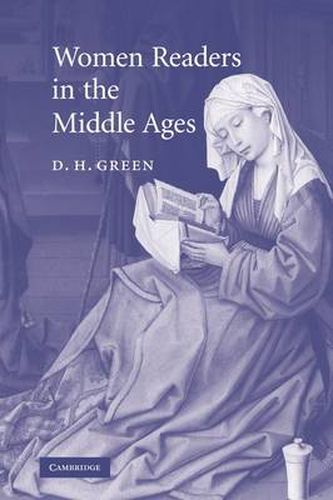Readings Newsletter
Become a Readings Member to make your shopping experience even easier.
Sign in or sign up for free!
You’re not far away from qualifying for FREE standard shipping within Australia
You’ve qualified for FREE standard shipping within Australia
The cart is loading…






Throughout the Middle Ages, the number of female readers was far greater than is commonly assumed. D. H. Green shows that, after clerics and monks, religious women were the main bearers of written culture and its expansion. Moreover, laywomen played a vital part in the process whereby the expansion of literacy brought reading from religious institutions into homes, and increasingly from Latin into vernacular languages. This study assesses the various ways in which reading was practised between c.700 and 1500 and how these differed from what we mean by reading today. Focusing on Germany, France and England, it considers the different categories of women for whom reading is attested (laywomen, nuns, recluses, semi-religious women, heretics), as well as women’s general engagement with literature as scribes, dedicatees, sponsors and authors. This fascinating study opens up the world of the medieval woman reader to new generations of scholars and students.
$9.00 standard shipping within Australia
FREE standard shipping within Australia for orders over $100.00
Express & International shipping calculated at checkout
Throughout the Middle Ages, the number of female readers was far greater than is commonly assumed. D. H. Green shows that, after clerics and monks, religious women were the main bearers of written culture and its expansion. Moreover, laywomen played a vital part in the process whereby the expansion of literacy brought reading from religious institutions into homes, and increasingly from Latin into vernacular languages. This study assesses the various ways in which reading was practised between c.700 and 1500 and how these differed from what we mean by reading today. Focusing on Germany, France and England, it considers the different categories of women for whom reading is attested (laywomen, nuns, recluses, semi-religious women, heretics), as well as women’s general engagement with literature as scribes, dedicatees, sponsors and authors. This fascinating study opens up the world of the medieval woman reader to new generations of scholars and students.